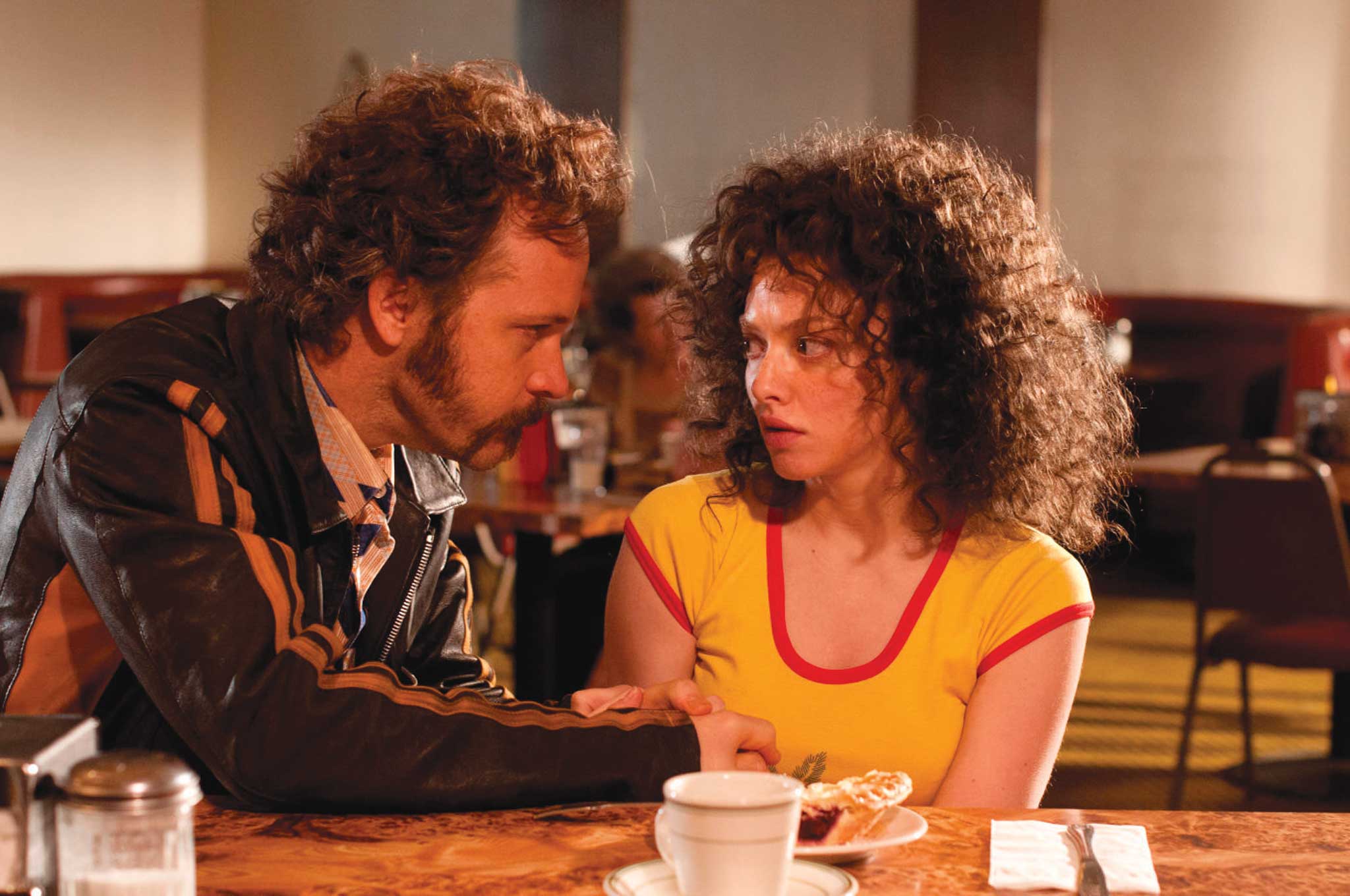Film review: Lovelace - Amanda Seyfried plays the Deep Throat porn star as a sympathetic ingénue
(18)

Your support helps us to tell the story
From reproductive rights to climate change to Big Tech, The Independent is on the ground when the story is developing. Whether it's investigating the financials of Elon Musk's pro-Trump PAC or producing our latest documentary, 'The A Word', which shines a light on the American women fighting for reproductive rights, we know how important it is to parse out the facts from the messaging.
At such a critical moment in US history, we need reporters on the ground. Your donation allows us to keep sending journalists to speak to both sides of the story.
The Independent is trusted by Americans across the entire political spectrum. And unlike many other quality news outlets, we choose not to lock Americans out of our reporting and analysis with paywalls. We believe quality journalism should be available to everyone, paid for by those who can afford it.
Your support makes all the difference.In 1972, the hardcore porno Deep Throat became an unaccountably huge mainstream hit, and its star, Linda Lovelace, became a poster girl for the sexual revolution. But in her 1980 memoir Ordeal, she revealed that, far from liberated, she'd actually been forced into the business by her abusive husband, Chuck Traynor. After which, she became a poster girl for the feminist anti-porn movement.
And if you know that much going into this new biopic, then I'm afraid that's about all you'll know on your way out, too.
Amanda Seyfried, who stars as Lovelace (née Linda Boreman), is expert at playing sympathetic ingénues. Sharon Stone and Robert Patrick do similarly good work as her working-class Catholic parents, while Peter Sarsgaard, so memorably seductive and slimy in An Education, is the most convincing of the lot as Chuck Traynor.
So we can understand how Lovelace fell victim to Traynor's charms, and how her desire to escape the parental home might cause her to miss so many obvious warning signs. Traynor is obviously a bully, a pervert and a sociopath, but the film has quite a clever doubling-back structure, so that we don't see the full extent of the abuse that she has suffered until after she has become a star.
But there's too little context and too little account of the strange times in which Lovelace lived for the film to have much wider meaning. The writers, presumably thinking the story remarkable enough in its outline, leave most of the scene-setting to the costume and props department, and the script is frequently simplistic and glib. In the end, one worries that it was only made because, as before, Lovelace's name and image make for an attention-grabbing poster.
Join our commenting forum
Join thought-provoking conversations, follow other Independent readers and see their replies
Comments